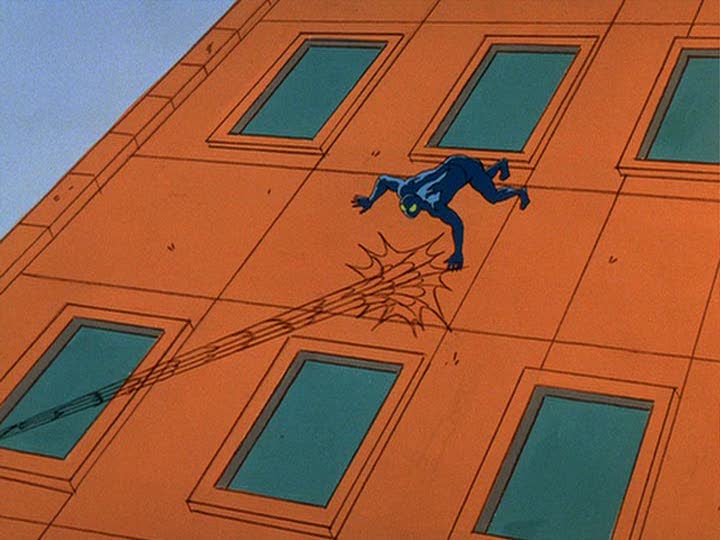comradehoser
Well-known member
- Build Rating
- 5.00 star(s)
Here's my next PTP project, inspired by @GizzWizzKing 's build report of @Nostradoomus ' one-knob version of this @Chuck D. Bones Boneyard circuit, here.
I reverted back to the OG layout because as much as I like one-knob jobs, I like switches and potentiometers and doodad parameter controls more, and internal trimpots and PTP might not be the best at playing together. I'll be doing this in stages and updating after each, because if there's one thing to eff up a PTP build, it's excessive "off-board" elements. And we have 5 pots, 3 toggle switches, 3 jacks, and a 3PDT, for a total of 12 things that have to be routed and laced into the central circuit. Jesus. Good thing I chose a 1590BBS enclosure.
Here is the schematic:

I'll be deleting R13/C15 leg because I don't have an "eye" LED effect (had to ask nostradoomus what that was, thanks, bud!), and I'll also be leaving R2 and C16 out, as they are super easy to add in any event if I need them.
So here we have a typical distortion circuit, with everything arranged pretty symmetrically around a ground line on the bottom and a power line on top. I note that we are going to have fat right after the in, and fat and brite are pretty much in the neighborhood of the gain pot. We'll also have to save some room around there for the transistor array, and somewhere around "bright" and "crush" before tone controls we'll have to also include the IC array. Neither of those on their own needs excessive real estate, but we'll see. Layering is a possibility if things get crowded. The three tone controls are tightly related, so probably it makes sense to keep them together, even if they are in a strange order, but I'm not going to mess with it because I'm having trouble spatially dealing with this circuit and I don't need more complications at this point. Maybe I can fold/flip one of the loops to reorder, we'll see. Then we go to Level and out.
I reverted back to the OG layout because as much as I like one-knob jobs, I like switches and potentiometers and doodad parameter controls more, and internal trimpots and PTP might not be the best at playing together. I'll be doing this in stages and updating after each, because if there's one thing to eff up a PTP build, it's excessive "off-board" elements. And we have 5 pots, 3 toggle switches, 3 jacks, and a 3PDT, for a total of 12 things that have to be routed and laced into the central circuit. Jesus. Good thing I chose a 1590BBS enclosure.
Here is the schematic:

I'll be deleting R13/C15 leg because I don't have an "eye" LED effect (had to ask nostradoomus what that was, thanks, bud!), and I'll also be leaving R2 and C16 out, as they are super easy to add in any event if I need them.
So here we have a typical distortion circuit, with everything arranged pretty symmetrically around a ground line on the bottom and a power line on top. I note that we are going to have fat right after the in, and fat and brite are pretty much in the neighborhood of the gain pot. We'll also have to save some room around there for the transistor array, and somewhere around "bright" and "crush" before tone controls we'll have to also include the IC array. Neither of those on their own needs excessive real estate, but we'll see. Layering is a possibility if things get crowded. The three tone controls are tightly related, so probably it makes sense to keep them together, even if they are in a strange order, but I'm not going to mess with it because I'm having trouble spatially dealing with this circuit and I don't need more complications at this point. Maybe I can fold/flip one of the loops to reorder, we'll see. Then we go to Level and out.


















